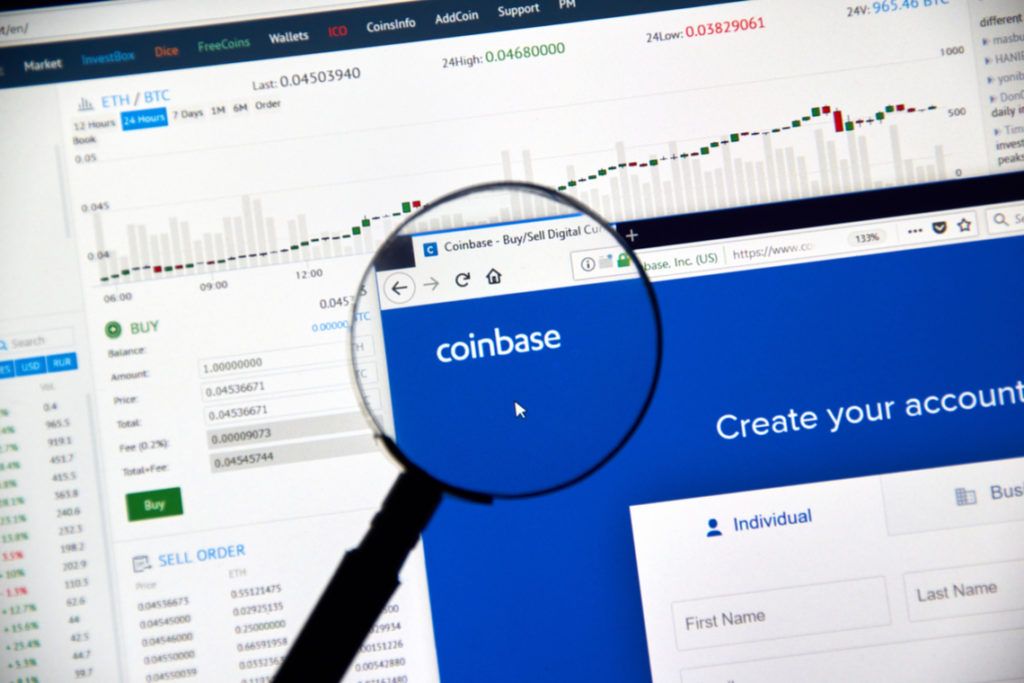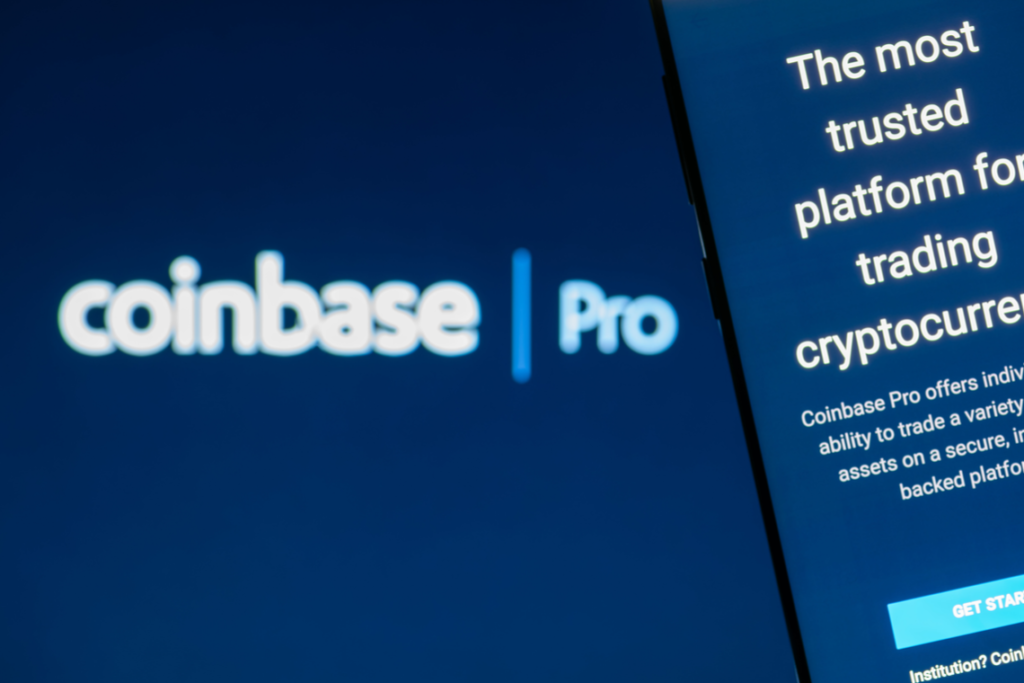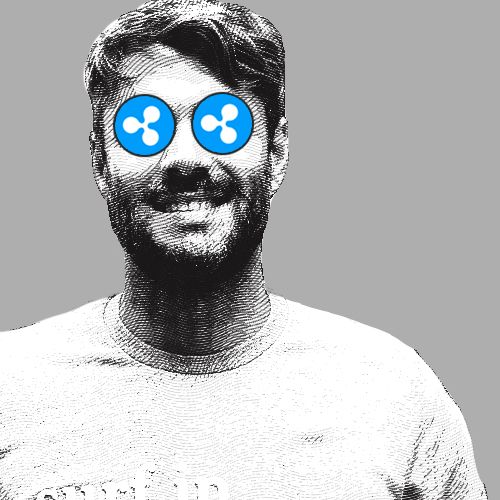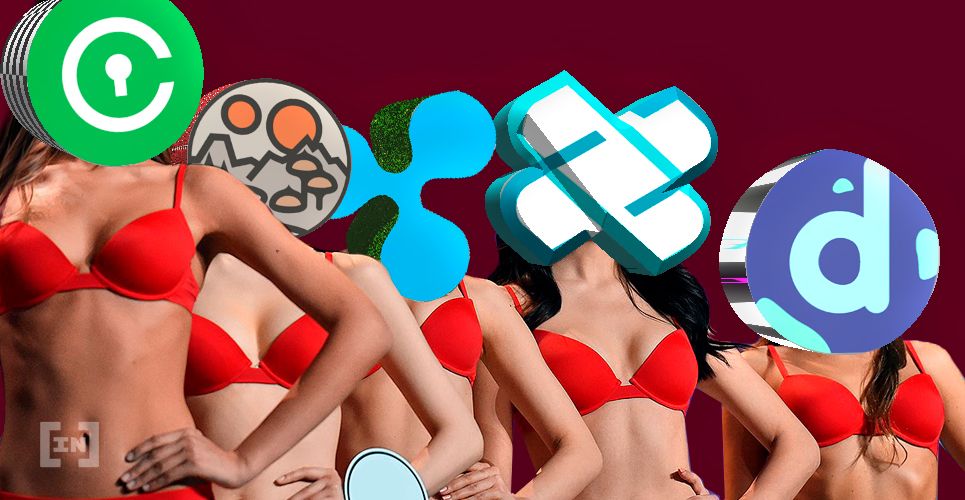Coinbase continues making waves in the crypto community, raising more questions and answering none of the existing ones.
The company announced today that ERC20 technical standard tokens Dai (DAI), Golem (GNT), Maker (MKR), and Zilliqa (ZIL) are available on Coinbase Pro in select countries on a limited basis. According to Coinbase, ‘limited’ means that some are only tradable in certain countries and, in the US, unavailable in the state of New York.
However, ‘limited’ should also mean that some of these coins are literally still in beta. ZIL, for example, has not yet launched a main net coin. MKR and DAI are a paired asset set consisting of a governance token and a stablecoin, respectively.
While Coinbase has publicly committed to supporting ERC20 tokens, GNT, while Ethereum based, is not even an ERC20 token. For the tokens that are ERC20 based, their smart contract-based functionality is not available on Coinbase Pro. The coins are available for trading purposes only. Any functionality will require transferring the tokens from Coinbase Pro into a local wallet. Deposits of the above coins are currently available on Coinbase Pro, with a pending four stage integration process to reach full trading capacity in the near future.DAI, GNT, MKR, and ZIL order books will soon enter transfer-only mode. We will accept inbound transfers in the regions where trading is supported. Orders cannot be placed or filled. Order books will be in transfer-only mode for a minimum of 12 hours. https://t.co/Ov3BtA1BWE
— Coinbase Exchange 🛡️ (@CoinbaseExch) December 18, 2018

What the…?
Coinbase cites reasons such as heavy pressure from customers to have broader token trading availability on its platform as a reason for listing these unusually experimental altcoins. It also stated that adding these additional coins makes perfect sense, given the simplicity of integrating ERC20 coins with the Coinbase Pro infrastructure. This is made possible through the Coinbase proprietary USD Coin (USDC), a dollar-pegged stablecoin that is also based on the ERC20 Ethereum protocol. Yet, choosing to list coins that are not even out of beta is shocking, particularly given that, in the crypto-world, there are far bigger coins, with much larger investment pools. [bctt tweet=”Coinbase is listing coins that are not even out of beta. This is particularly shocking, given that there are far bigger coins, with much larger investment pools.” username=”beincrypto”]What gives?
One potential theory suggests that USDC, a centralized asset, is the only asset being used to pair with these questionable coins. There are no other pairings available on the Coinbase exchange. While USDC offers far more transparency than other stablecoins such as Tether, it has little else in the way of benefits for consumers. In fact, the primary advantage of USDC is its partnership with Coinbase and its subsequent semi-official status as the “official” stablecoin on the exchange. A rumor has been floating around since early November — when Coinbase first began listing oddly chosen altcoins paired with USDC for trading only — that the exchange is attempting to disrupt Bitcoin’s top position as a leader and primary exchange medium across cryptocurrency. This theory is not without merit. With more and more traditional asset-pegged stablecoins hitting the market, Bitcoin is becoming less critical as a reserve asset. Coupled with the crushing crypto bear market and related price tumble Bitcoin has experienced this year, the onslaught of stablecoins may actually disrupt BTC’s crypto reserve status. If this is the case, Coinbase is only helping to disrupt things for Bitcoin by approving and utilizing only USDC as a pair with the random altcoins it continues to pick up. Centralized assets such as stablecoins, while they go against the grain of everything blockchain stands for, do offer the advantage of making it very easy to trade crypto.
A hand in the right pocket
When it comes down to it, Coinbase is only helping itself. Yes, it has made money off of Bitcoin, there is no doubt about that. However, Coinbase stands to make a lot more money off of a coin it owns. Bitcoin is just a third party. There is no doubt that utilizing a native asset is immensely more profitable than riding the coattails of somebody else’s coin. By forcing everyone who wants to trade in DAI, GNT, MKR, and ZIL, as well as any of the previously listed random coins, to also purchase USDC in order to complete transactions, Coinbase is turning a great profit. By listing low-level coins with small networks, the exchange stands to be a critical piece of these emerging coins. USDC is currently at a volume of $2.3 million USD, with a growing market cap of $216 million USD. This is a mere fraction of Tether (USDT), whose numbers stand at $4 billion USD market cap and $1.9 billion volume. Tether is, again, no more than a fraction of Bitcoin, at $5.5 billion USD volume and $62 billion market cap. In other words, total world dominance is still a ways off — but keep an eye on Coinbase and USDC in the days and weeks to come, as there may be more to these rumors than Coinbase is interested in admitting. Think Coinbase additions are a scheme to gaining traction for USDC and increasing profits internally? Let us know in the comments below.
Top crypto platforms in the US
Disclaimer
In adherence to the Trust Project guidelines, BeInCrypto is committed to unbiased, transparent reporting. This news article aims to provide accurate, timely information. However, readers are advised to verify facts independently and consult with a professional before making any decisions based on this content. Please note that our Terms and Conditions, Privacy Policy, and Disclaimers have been updated.

Jon Buck
With a background in science and writing, Jon's cryptophile days started in 2011 when he first heard about Bitcoin. Since then he's been learning, investing, and writing about cryptocurrencies and blockchain technology for some of the biggest publications and ICOs in the industry. After a brief stint in India, he and his family live in southern CA.
With a background in science and writing, Jon's cryptophile days started in 2011 when he first heard about Bitcoin. Since then he's been learning, investing, and writing about cryptocurrencies and blockchain technology for some of the biggest publications and ICOs in the industry. After a brief stint in India, he and his family live in southern CA.
READ FULL BIO
Sponsored
Sponsored

